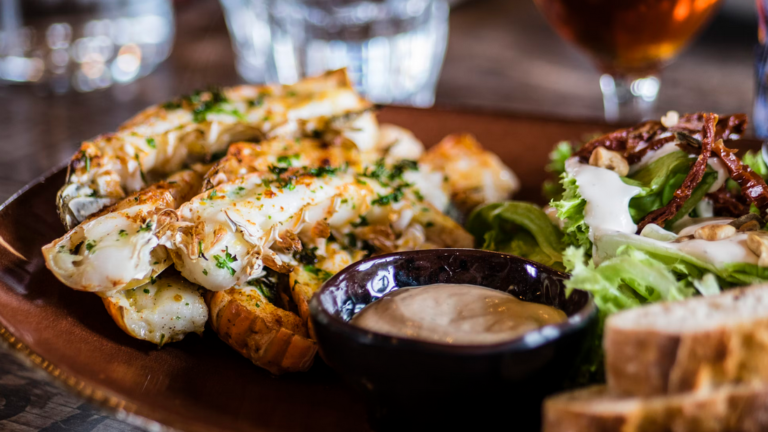Food and culture are intricately intertwined, forming a rich tapestry of traditions, beliefs, and practices that reflect the diversity and heritage of societies around the world. Cuisine serves as a powerful vehicle for expressing cultural identity, preserving culinary traditions, and fostering social bonds within communities. By exploring the connections between food and culture, we gain deeper insights into the values, history, and social dynamics that shape our relationship with food.
At its essence, food is more than sustenance; it is a form of cultural expression that embodies shared values, beliefs, and rituals. Traditional recipes passed down through generations carry with them stories of migration, survival, and adaptation, reflecting the geographic landscapes, climates, and natural resources that have shaped culinary traditions over time. From spicy curries in India to savory tagines in Morocco, each dish tells a story of cultural resilience and creativity, adapting to local ingredients and flavors while preserving the essence of cultural identity.
Food plays a central role in religious and ceremonial practices, serving as a means of honoring ancestors, celebrating festivals, and marking significant life events. In many cultures, feasting and sharing meals are integral to religious observances and communal gatherings, fostering a sense of unity and belonging among participants. For example, the ritual of breaking bread together symbolizes communion and fellowship in Christian traditions, while the Passover Seder meal commemorates the liberation of the Jewish people from slavery in Egypt.
Moreover, food serves as a marker of social status and hierarchy within societies, reflecting power dynamics, wealth, and access to resources. In some cultures, elaborate feasts and banquets are reserved for special occasions or privileged members of society, showcasing culinary prowess and hospitality as symbols of prestige. Conversely, street food and market stalls often represent more egalitarian dining experiences, providing affordable and accessible options for diverse communities to enjoy local flavors and regional specialties.
Culinary traditions also evolve and adapt over time through cultural exchange, migration, and globalization, resulting in hybrid cuisines that blend diverse ingredients, techniques, and flavors. The fusion of culinary influences from different regions and cultures creates dynamic food landscapes that celebrate diversity and creativity. For example, the fusion of Spanish, African, and Indigenous culinary traditions gave rise to the vibrant flavors of Latin American cuisine, characterized by dishes like ceviche, empanadas, and mole.
In recent years, food tourism has emerged as a popular way for travelers to explore destinations through their culinary heritage and local cuisine. Food tours, cooking classes, and culinary festivals offer opportunities for visitors to engage with local chefs, farmers, and artisans, learning about traditional cooking techniques, indigenous ingredients, and the cultural significance of regional dishes. By immersing themselves in the foodways of different cultures, travelers gain a deeper appreciation for the diversity and complexity of global culinary traditions.
The globalization of food culture has also sparked debates about cultural appropriation, authenticity, and sustainability within the food industry. As culinary traditions become commercialized and commodified for global markets, questions arise about the preservation of cultural integrity and the ethical implications of culinary borrowing. Chefs and food producers navigate these complexities by engaging with local communities, respecting traditional knowledge, and promoting sustainable practices that preserve biodiversity and support small-scale farmers.
Food media, including cookbooks, food blogs, and television programs, play a significant role in shaping public perceptions of food and culture, influencing culinary trends, and promoting cross-cultural understanding. Through storytelling and visual representation, food media celebrate the diversity of global cuisines, highlight regional specialties, and introduce audiences to new flavors and ingredients. By showcasing chefs, farmers, and food artisans from diverse backgrounds, food media contribute to a more inclusive and interconnected food culture that values authenticity, diversity, and respect for cultural heritage.
In conclusion, food and culture are inseparable facets of human experience that shape our identities, beliefs, and social interactions. Through cuisine, we celebrate diversity, preserve traditions, and forge connections that transcend geographic boundaries and language barriers. Food serves as a universal language that brings people together, fosters understanding, and enriches our appreciation for the cultural richness and culinary heritage of societies around the world. As we continue to explore the connections between food and culture, we deepen our understanding of the past, present, and future of global gastronomy, celebrating the enduring legacy of food as a source of nourishment, creativity, and cultural expression.





